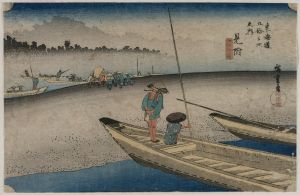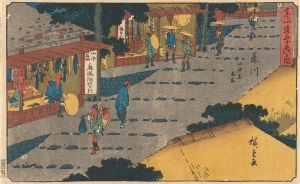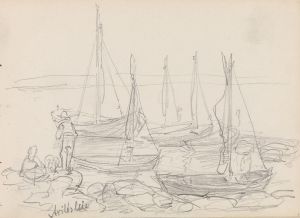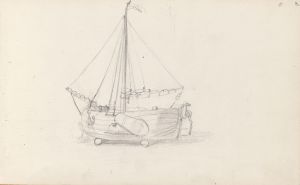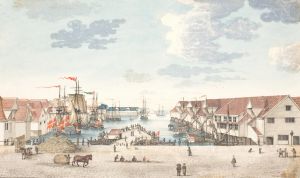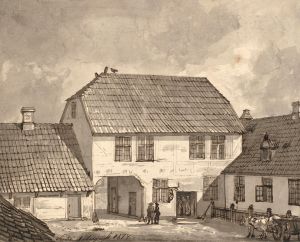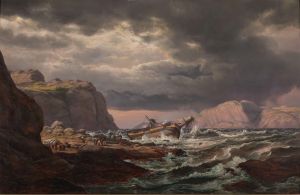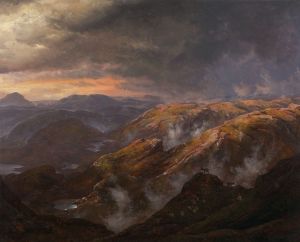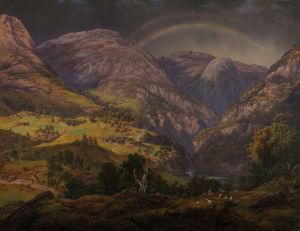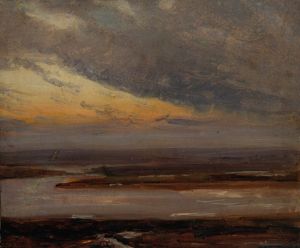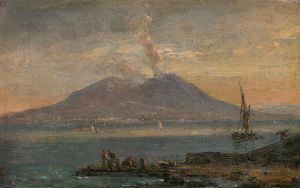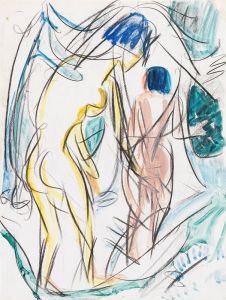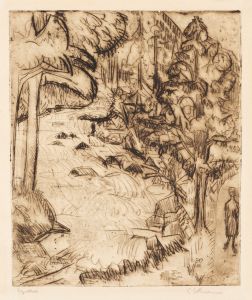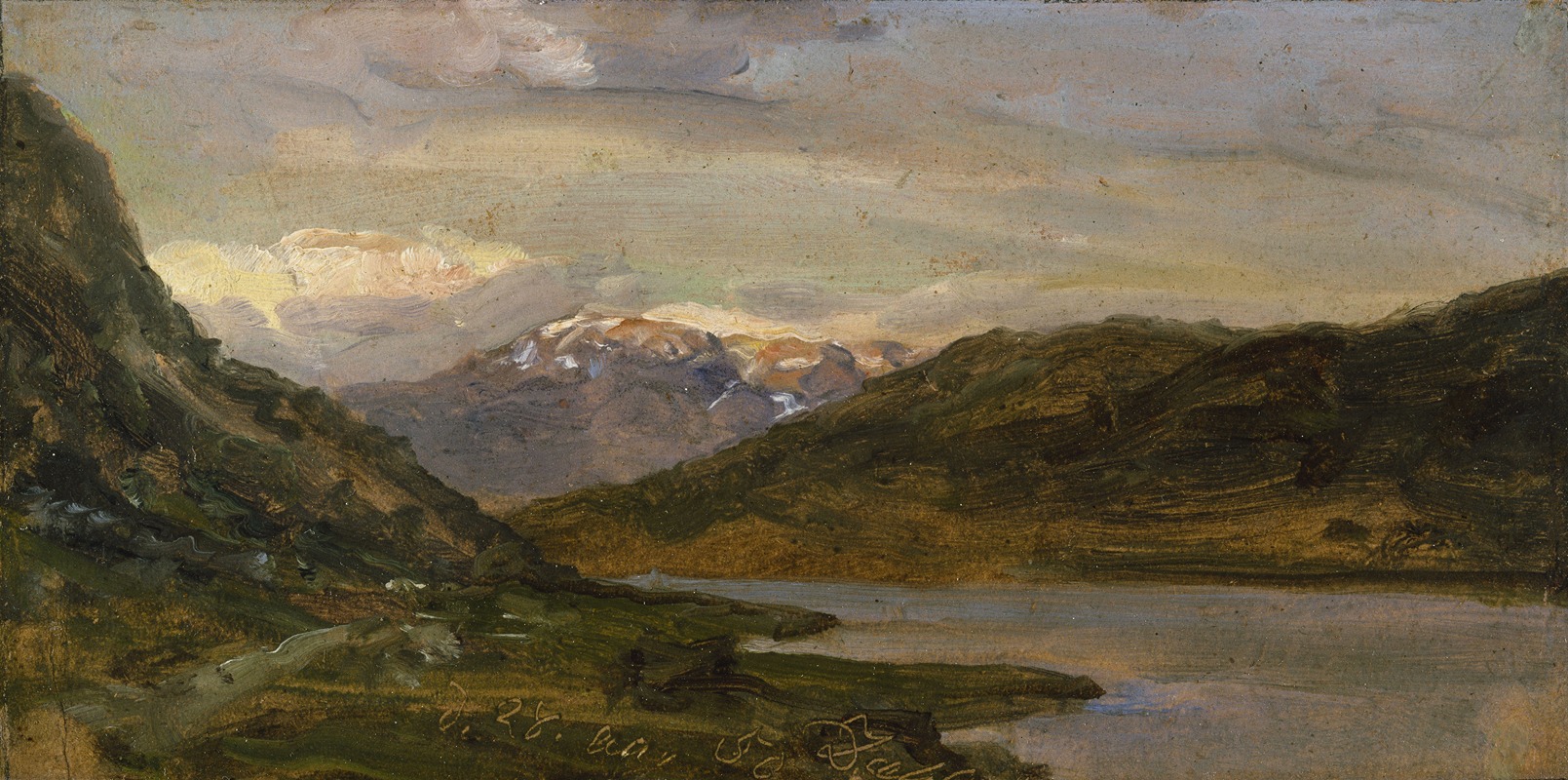
Landscape at Nystuen on Filefjell
A hand-painted replica of Johan Christian Dahl’s masterpiece Landscape at Nystuen on Filefjell, meticulously crafted by professional artists to capture the true essence of the original. Each piece is created with museum-quality canvas and rare mineral pigments, carefully painted by experienced artists with delicate brushstrokes and rich, layered colors to perfectly recreate the texture of the original artwork. Unlike machine-printed reproductions, this hand-painted version brings the painting to life, infused with the artist’s emotions and skill in every stroke. Whether for personal collection or home decoration, it instantly elevates the artistic atmosphere of any space.
Johan Christian Dahl, a prominent Norwegian painter, is often regarded as the father of Norwegian landscape painting. His work "Landscape at Nystuen on Filefjell" is a notable example of his contribution to the Romantic movement in art, which emphasized the beauty and power of nature. This painting captures the rugged and sublime landscape of the Filefjell mountain range in Norway, a region known for its dramatic scenery and historical significance as a traditional route across the mountains.
Dahl was born in 1788 in Bergen, Norway, and he spent much of his career in Dresden, Germany, where he was influenced by the German Romantic painters. Despite his time abroad, Dahl maintained a strong connection to his Norwegian roots, frequently returning to Norway to sketch and paint its landscapes. His work is characterized by a deep appreciation for the natural world, and he is credited with bringing the grandeur of Norwegian scenery to the attention of a broader European audience.
"Landscape at Nystuen on Filefjell" exemplifies Dahl's skill in capturing the essence of the Norwegian landscape. The painting likely depicts the area around Nystuen, a historic inn located on the Filefjell mountain pass, which has served travelers for centuries. The Filefjell region is part of the Scandinavian Mountains and is known for its challenging terrain and breathtaking vistas. Dahl's painting reflects the Romantic era's fascination with nature's untamed beauty and the sublime, a concept that evokes both awe and terror in the face of nature's vastness and power.
In this work, Dahl employs a meticulous attention to detail and a masterful use of light and shadow to convey the atmosphere of the Norwegian mountains. The painting's composition draws the viewer's eye into the depths of the landscape, inviting them to explore the rugged terrain and experience the majesty of the natural world. Dahl's use of color and texture enhances the sense of realism and immediacy, making the viewer feel as though they are standing amidst the mountains themselves.
Dahl's landscapes often include elements that highlight the interaction between humans and nature, such as small figures or structures dwarfed by the surrounding environment. This theme is present in "Landscape at Nystuen on Filefjell," where the human presence is suggested rather than overtly depicted, emphasizing the dominance of nature over human endeavors.
Throughout his career, Dahl remained committed to portraying the Norwegian landscape with authenticity and reverence. His work not only celebrates the natural beauty of Norway but also serves as a visual documentation of the country's geography during the 19th century. "Landscape at Nystuen on Filefjell" is a testament to Dahl's ability to capture the spirit of the Norwegian wilderness and his role in shaping the national identity through art.
Johan Christian Dahl's influence extends beyond his paintings; he played a crucial role in the development of landscape painting in Norway and inspired subsequent generations of artists. His dedication to capturing the essence of the Norwegian landscape has left a lasting legacy, and "Landscape at Nystuen on Filefjell" remains a significant work within his oeuvre, reflecting both his artistic skill and his deep connection to his homeland.





